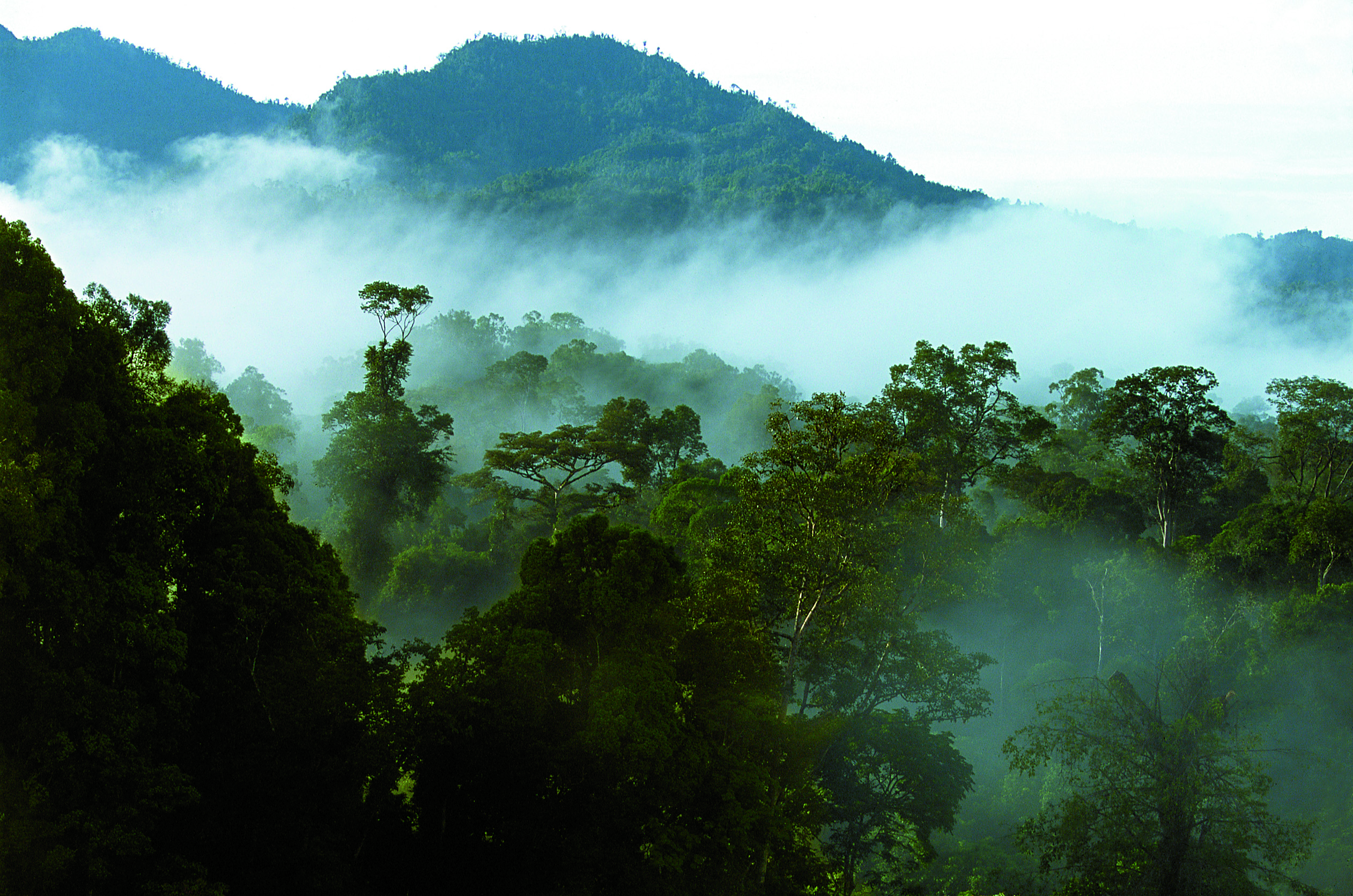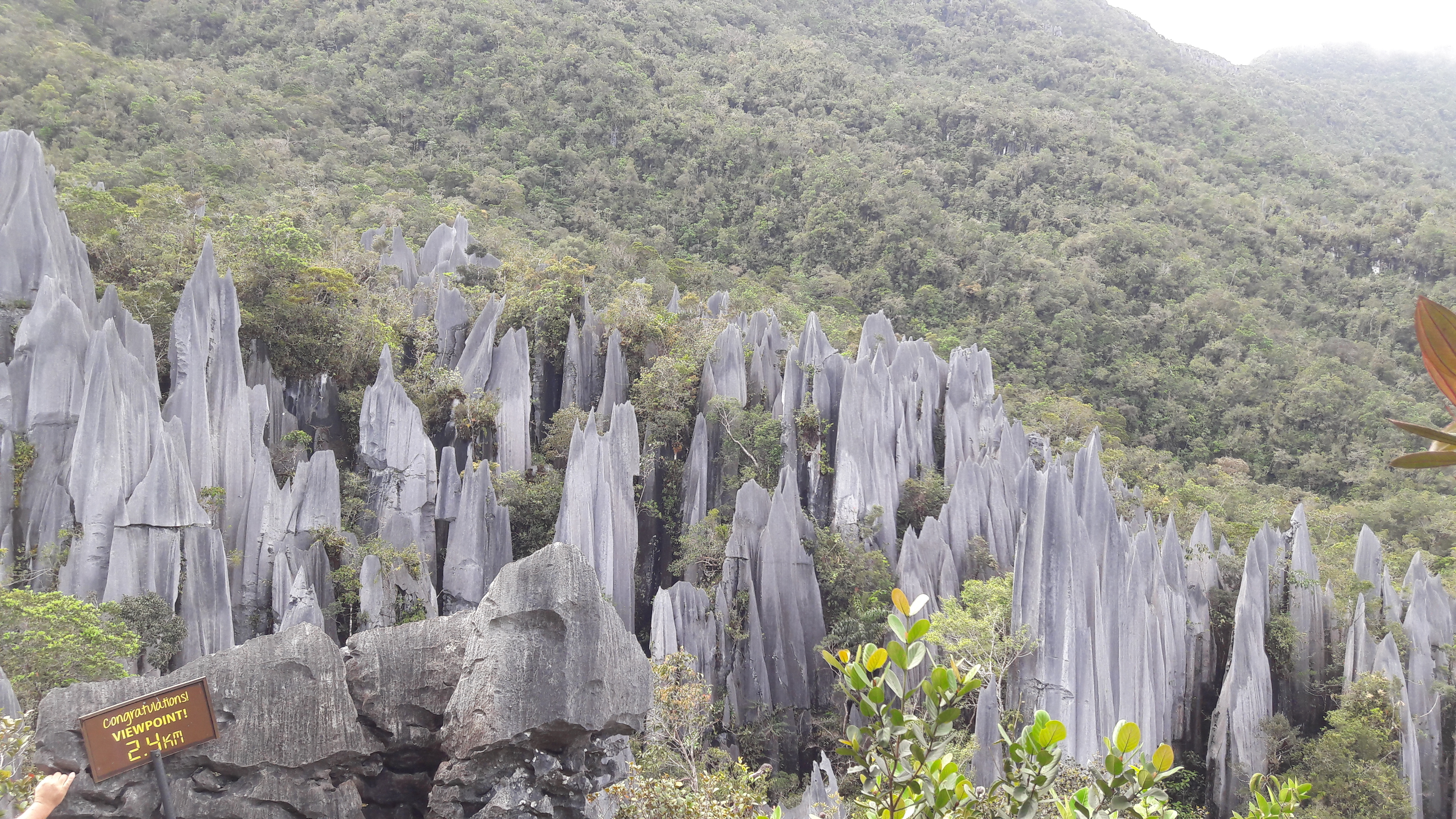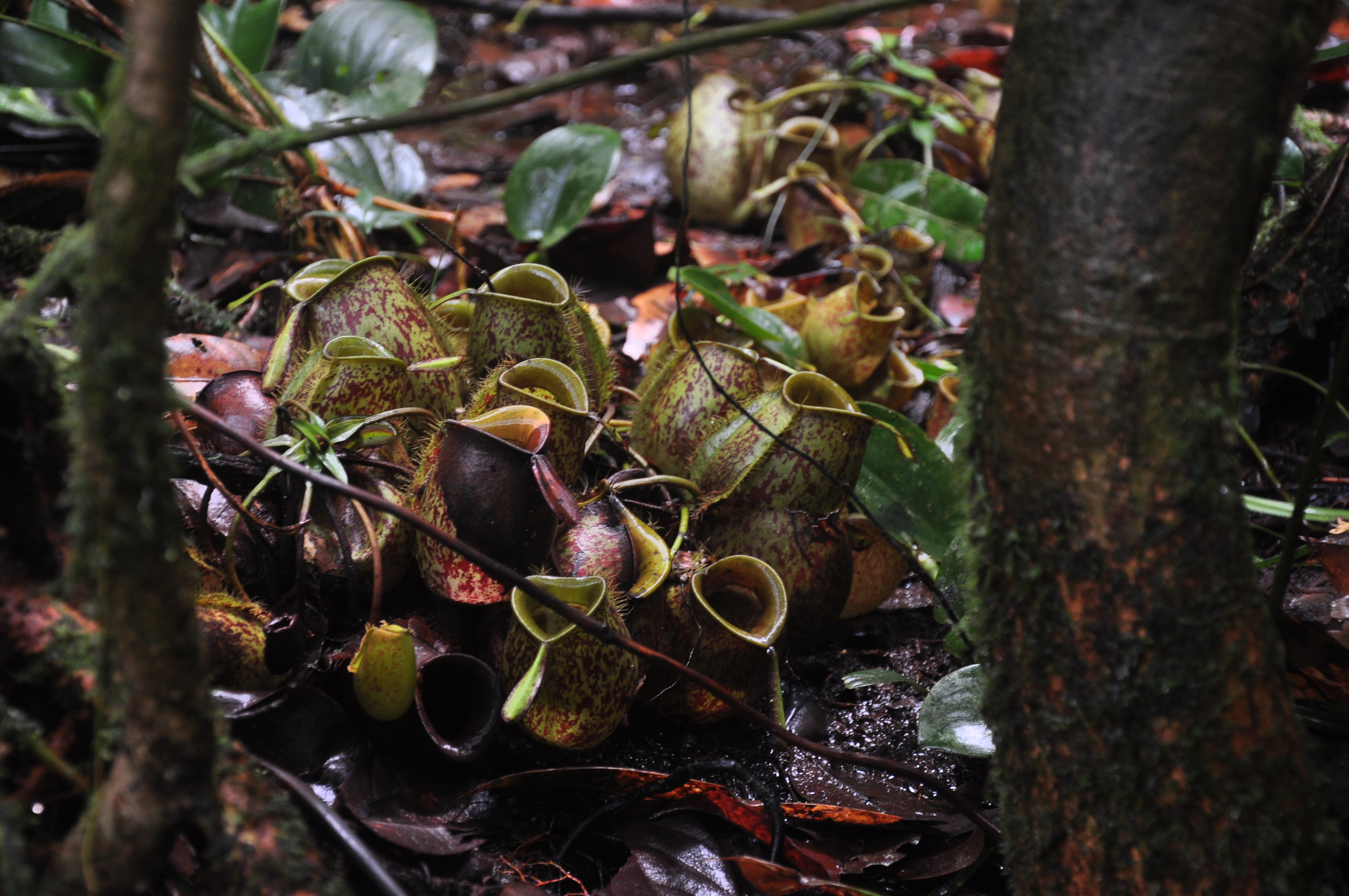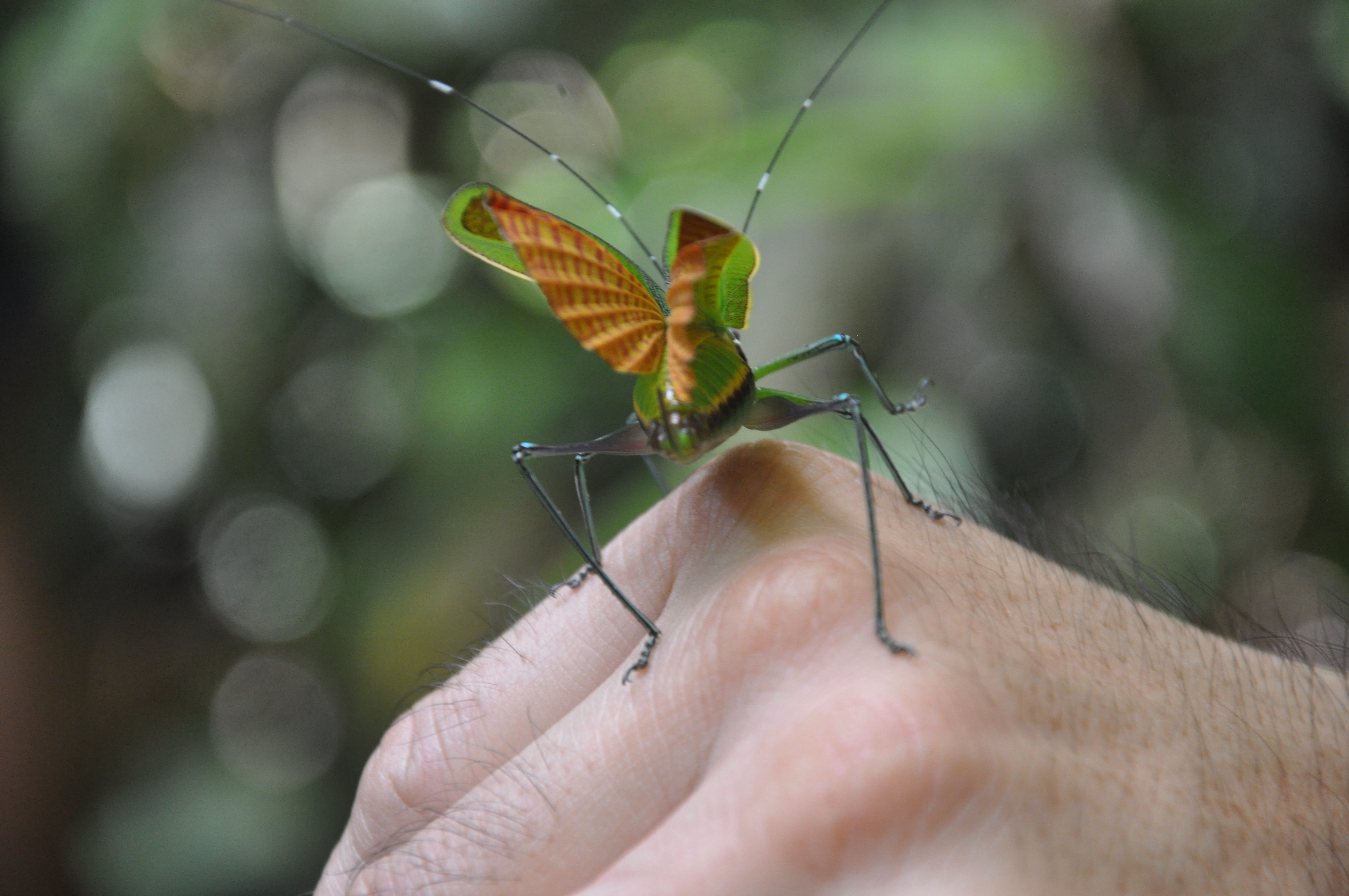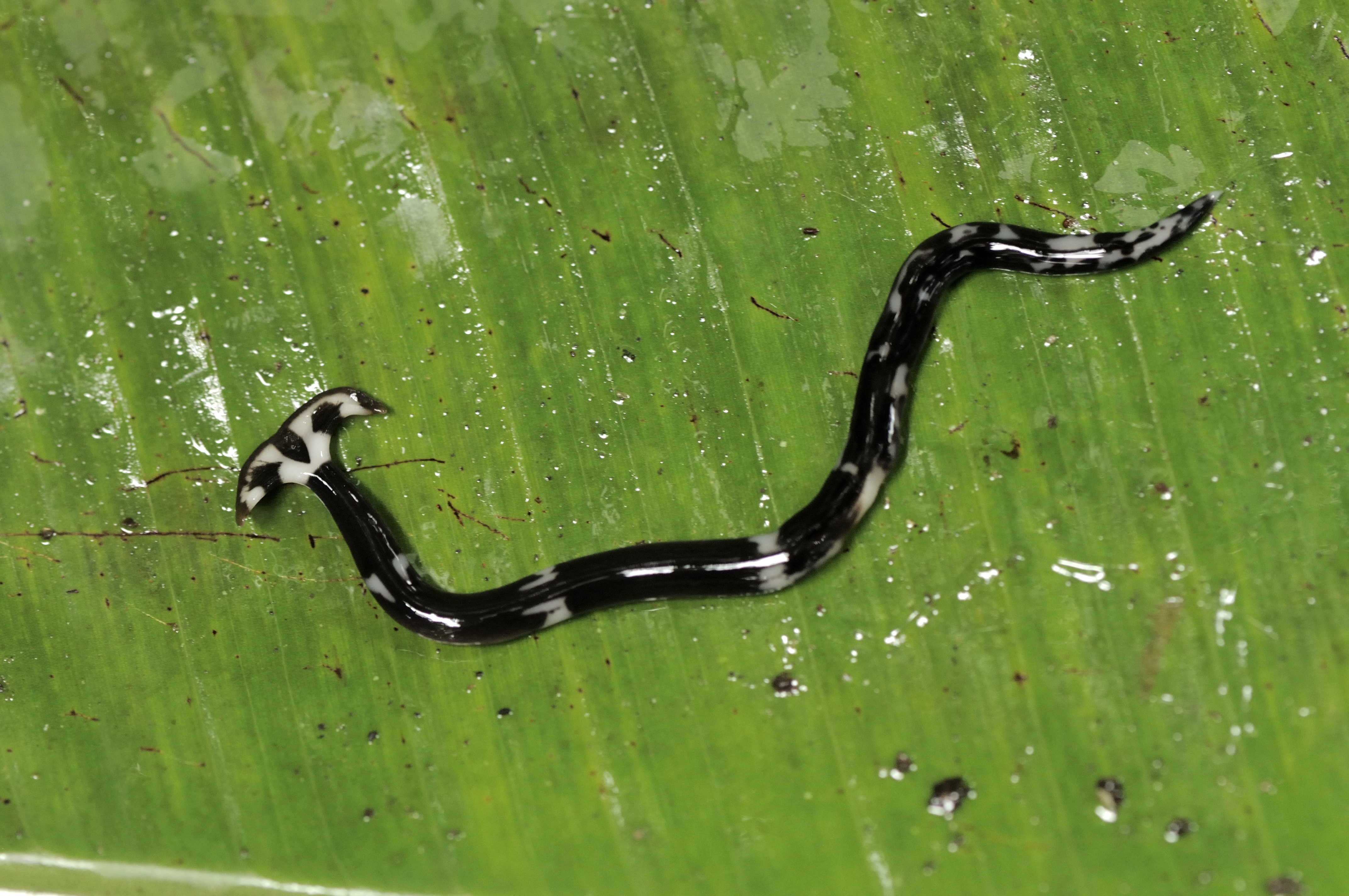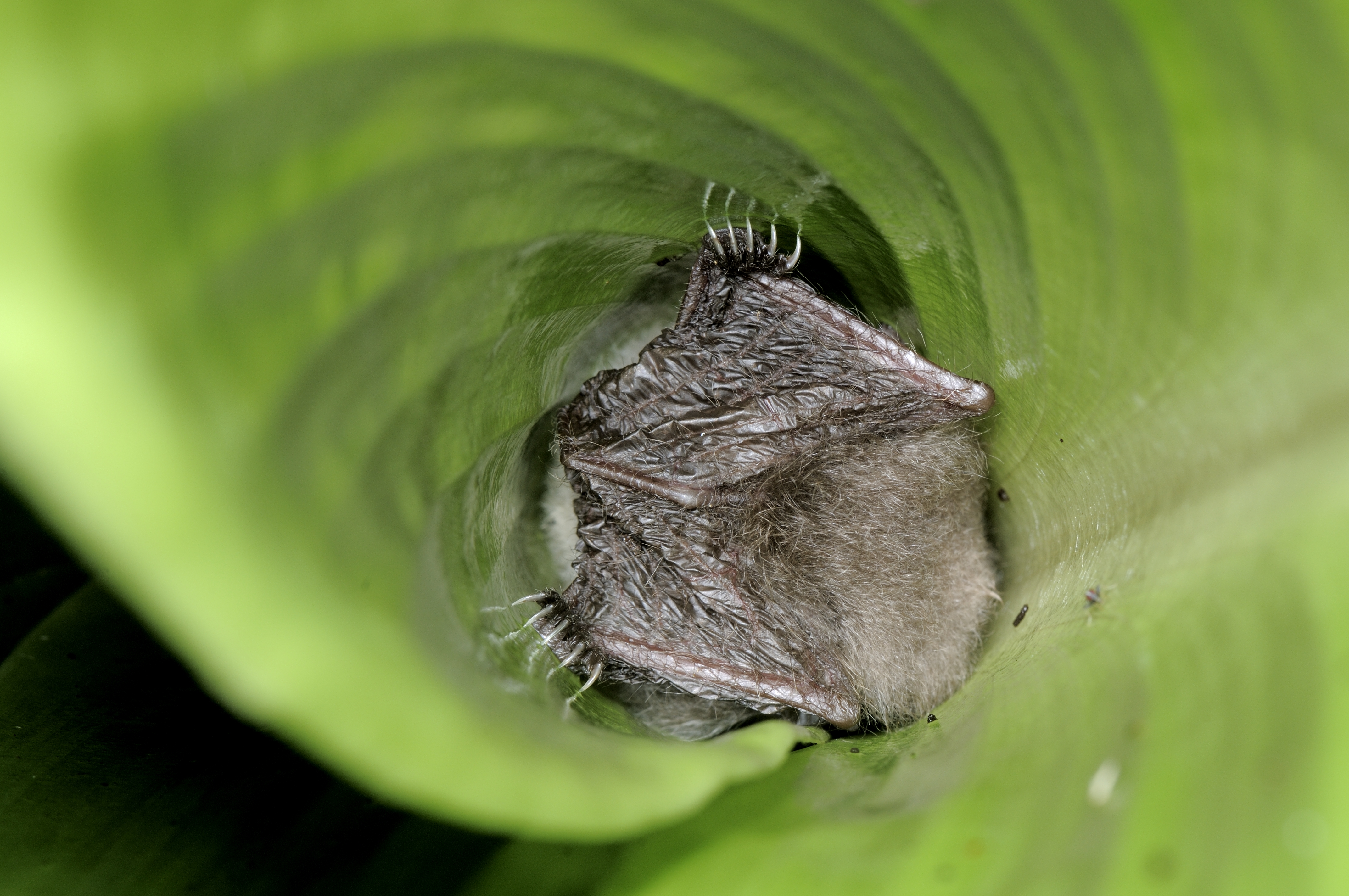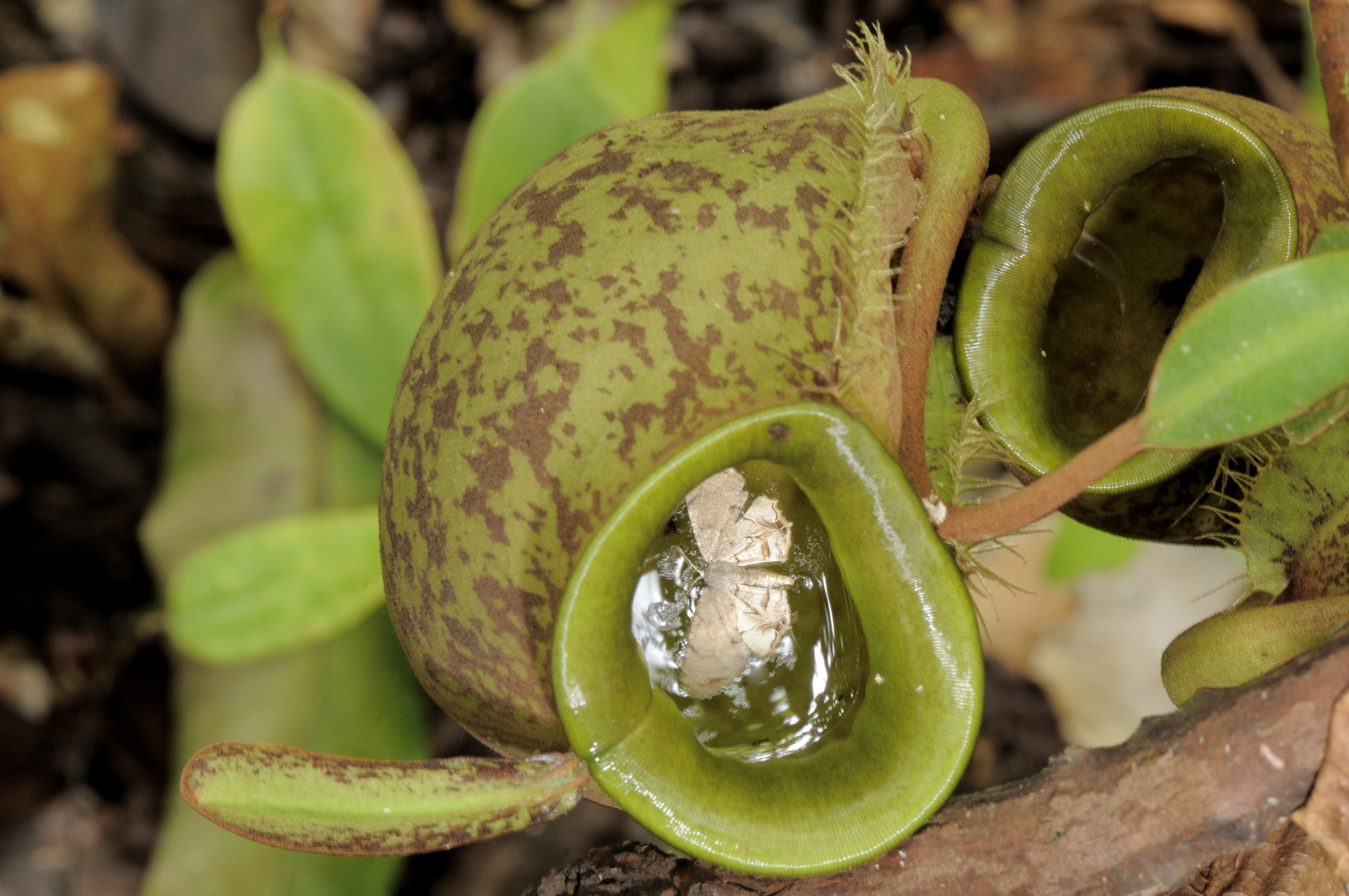Mulu World Heritage Area
“Heritage is our legacy from the past, what we live with today, and what we pass on to future generations.”
– United Nations Educational, Scientific & Cultural Organization (UNESCO)
Considering Mulu’s spectacular scenery and its biological significance, it was not surprising that Mulu was successfully listed as a World Heritage site in November 2000. To qualify for world heritage status a property must meet one of the four following criteria:
- Be an outstanding example of the world’ geological history (Caves and cave deposits)
- Be and outstanding representative example of on-going evolutionary processes (current research programmes)
- Be of exceptional beauty!
- Contain significant natural habitat for in-situ conservation of biological diversity and the protection of threatened species (wide range of cave and forest habitats).
MULU MEETS ALL FOUR CRITERIA!
World Heritage status has created renewed interest in the park and a genuine desire of the government and the people of Malaysia to ensure it is adequately protected. Accordingly, the Sarawak Government has committed to developing world leading conservation practices and high quality nature-based tourism activities at Mulu and has committed considerable resources to ensure its goals are achieved.

